Oil Paint Manufacturing Process | JCT Machinery
 Jan 27,2024
Jan 27,2024

 JCT
JCT
1. Raw Material Selection
• Binders : The primary binder used in oil-based paints is linseed oil, though other dryiing oils like tung oil or modified oils may also be used. The choice of binder affects the drying time and properties of the paint.
• Pigments : Pigments provide color and opacity to the paint. Various pigments are selected based on the desired color and performance characteristics.
• Solvents : Solvents are used to dissolve or disperse the binder and pigments. Common solvents include mineral spirits, turpentine and naphha.
• Additives : Additives such as stabilizers, driers and rheology modifiers may be included to enhance the performance and stability of the oil paint.
2. Weighing and Mixing
The raw materials are accurately weighed according to the paint formulation. The binders, pigments and other additives are mixed together. This process may involve mechanical stirring or agitation to achieve a homogenous mixture.
3. Grinding
The mixture is subjected to a grinding process to break down agglomerates and achiieve a smooth, uniform consistency. Grinding is often done using a ball mill, roller mill, or other types of grinding equipment. This step reduces particle size and enhances pigment dispersion.
4. Pigment Dispersion
Pigment dispersion is a crucial step to ensure that pigments are evenly distributed throughout the oil paint. High shear mixer or bead mill are commonly used for further dispersing pigments and achieving the desired color intensity.
5. Letdown
The dispersed pigment paste is combined with additional binder and solvents in a process known as letdown. This step adjusts the viscosity, consistency and overall properties of the oil paint to meet the desired specifications.
6. Testing and Quality Control
The final paint formulation undergoes testing for color, viscosity, gloss, adhesion and oher properties. Quality control measures ensure that the paint meets industry standards and customer requirements.
7. Filtration
The oil paint is filtered to remove any remaining inpurities or particles that may affect the finish or performance of the paint.
8. Packaging
The finished oil paint is packaged into conttainers such as cans or buckets. The packaging may vary depending on the intended use and market.
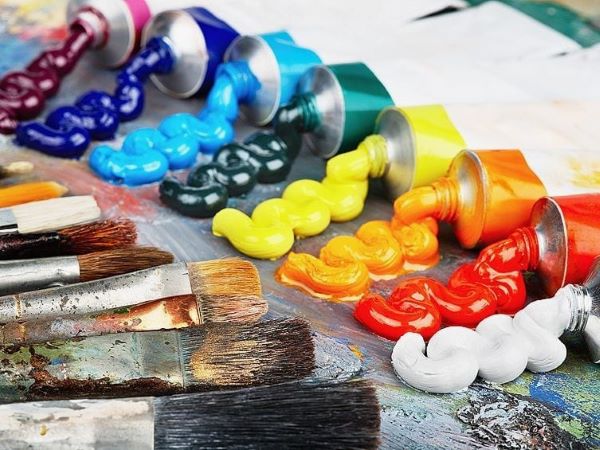


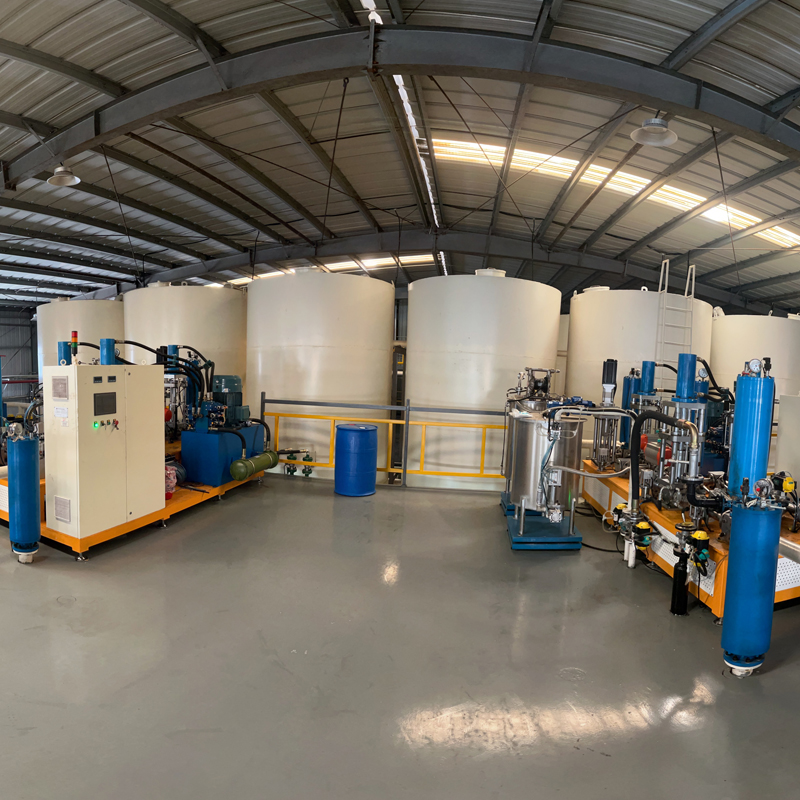
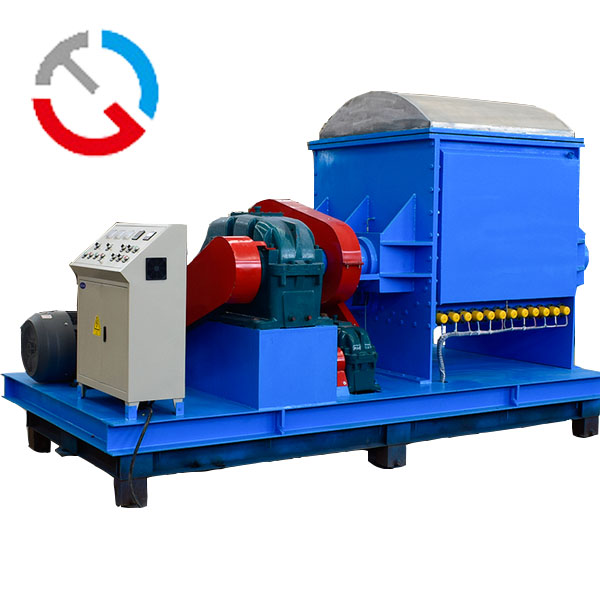
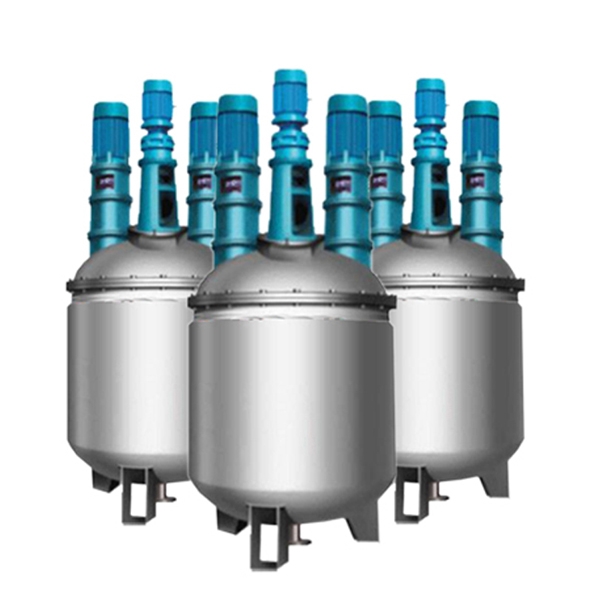
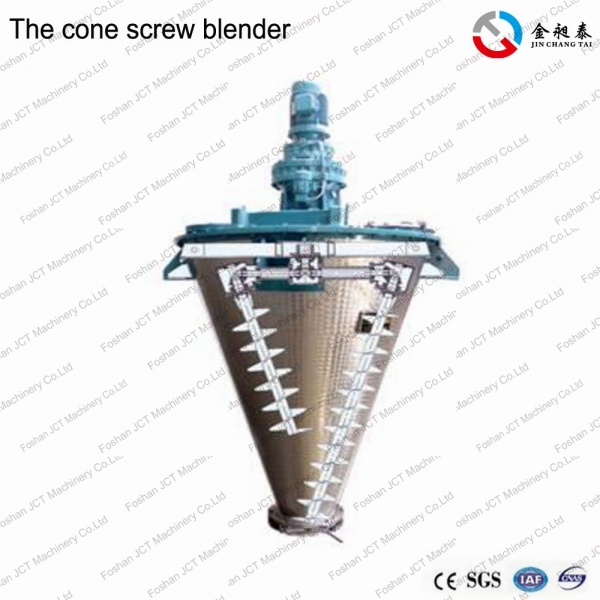


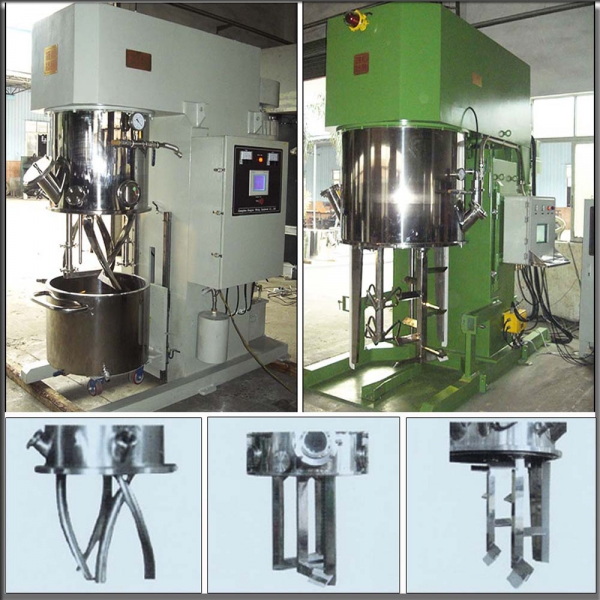
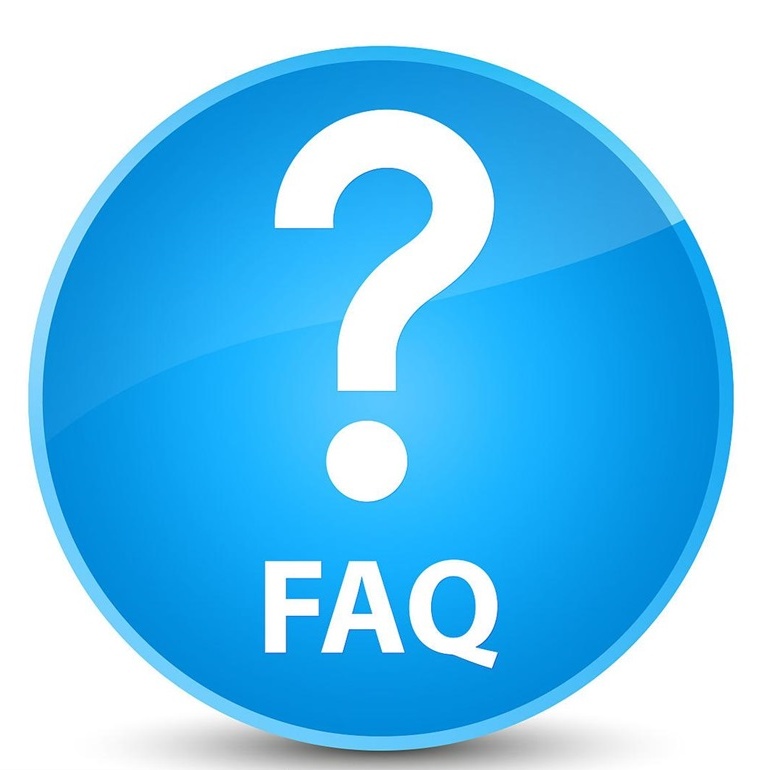




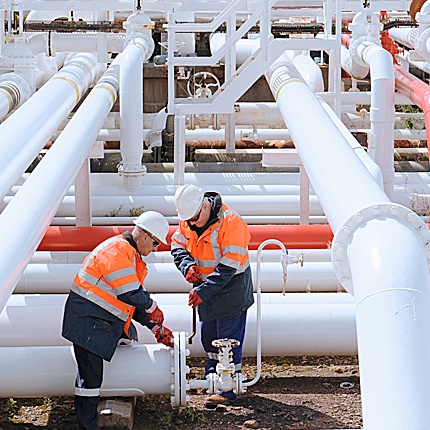

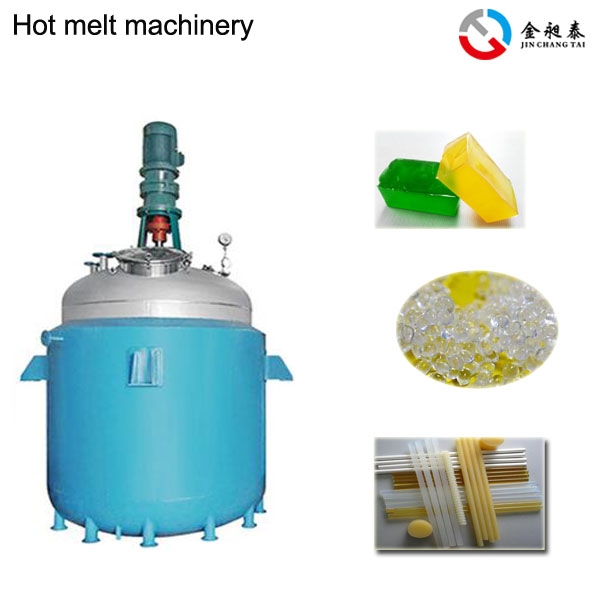
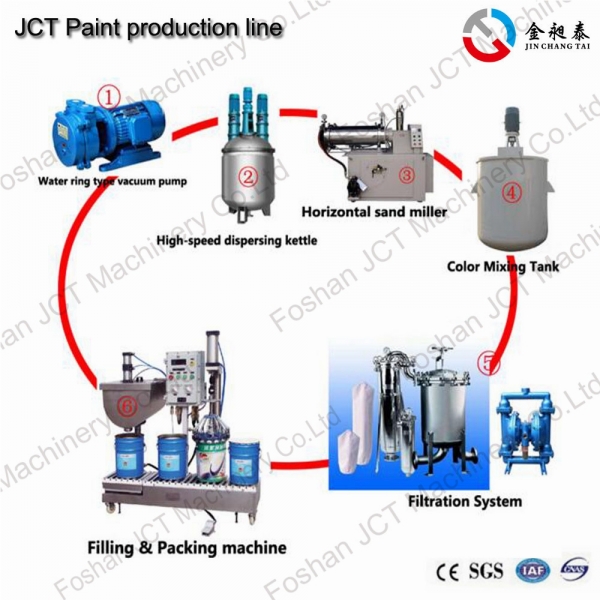
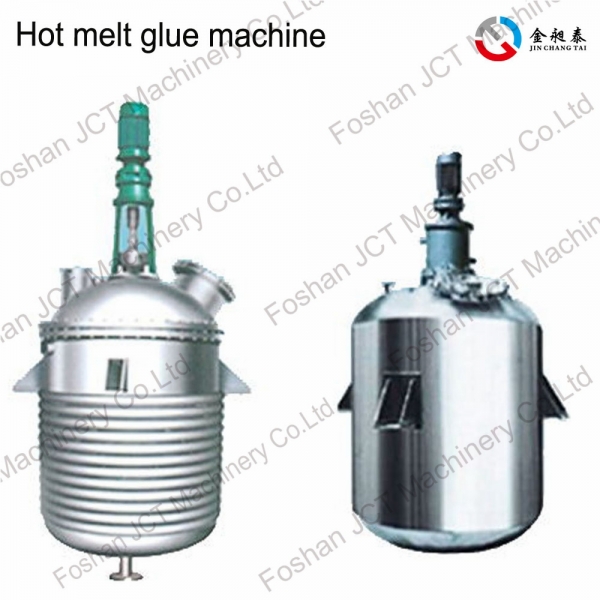
 CN
CN
 HOME
HOME Sigma Kneader Machine Parts | JCT Machinery
Sigma Kneader Machine Parts | JCT Machinery  You May Also Like
You May Also Like
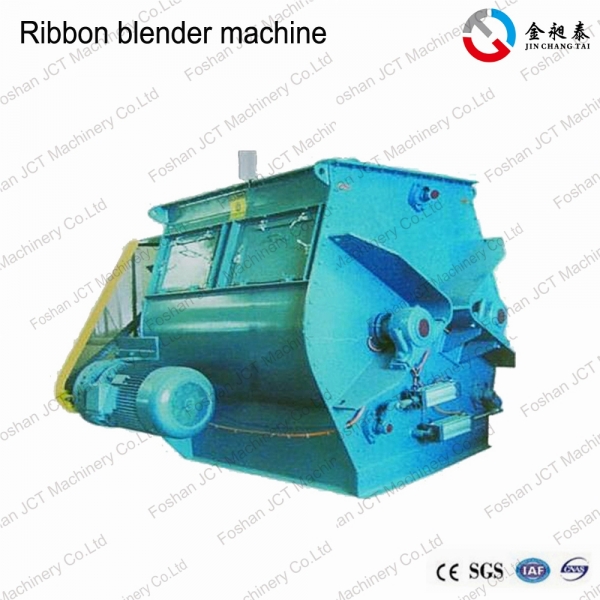

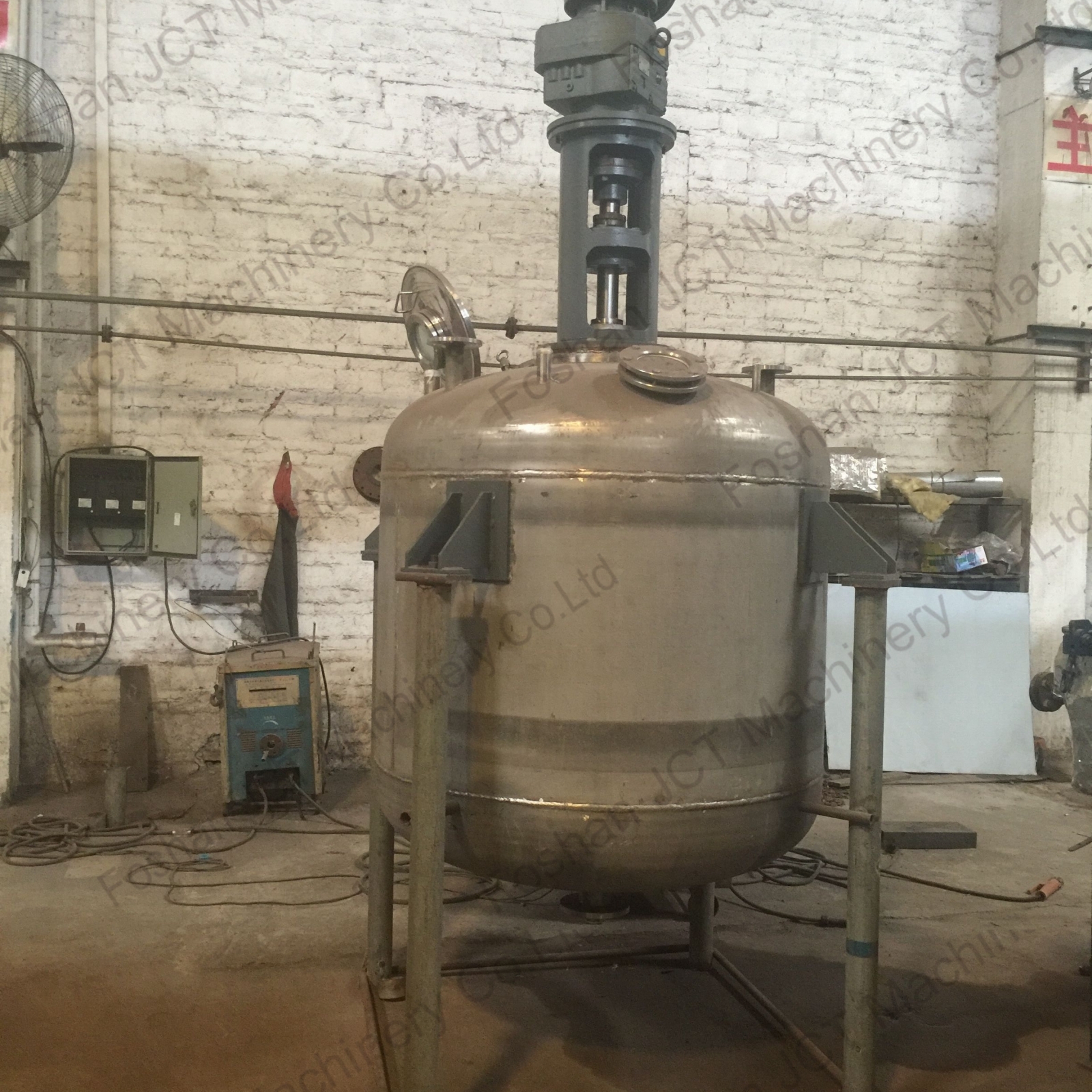
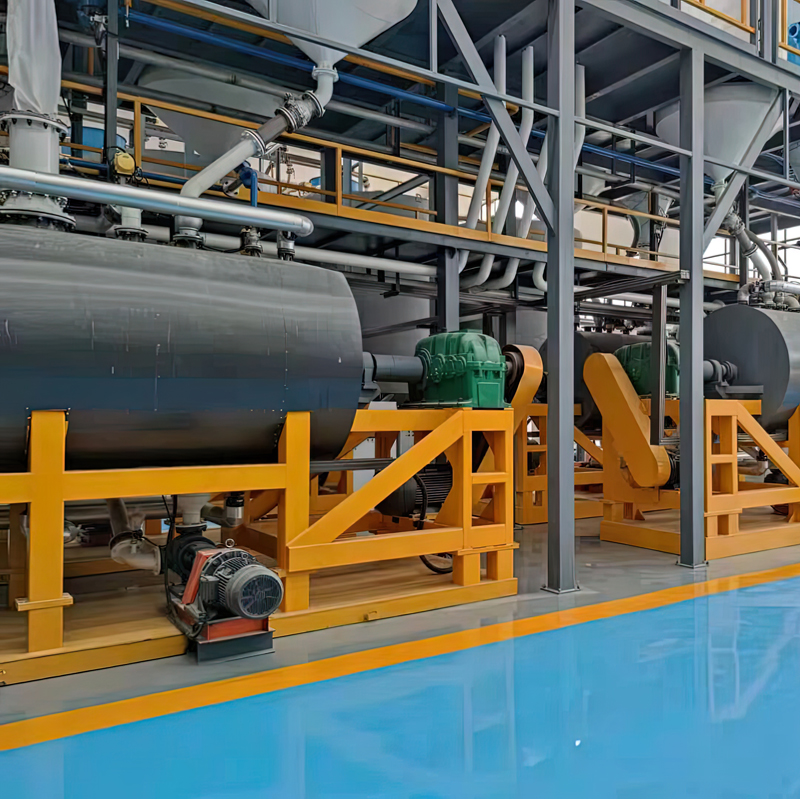
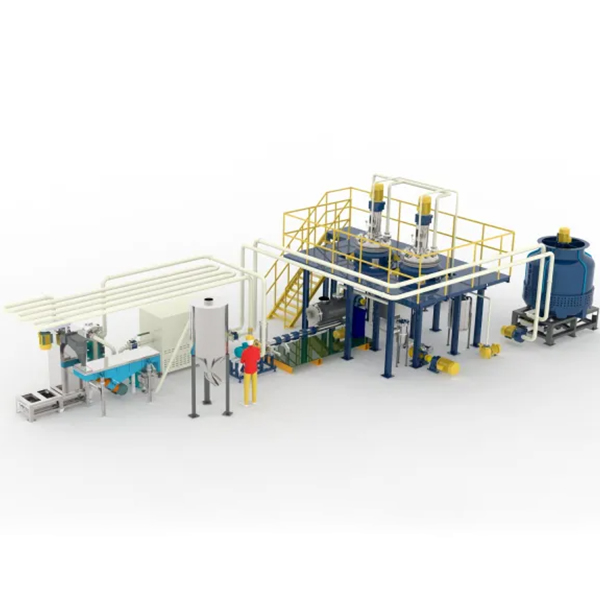

 Tel
Tel
 Email
Email
 Address
Address










